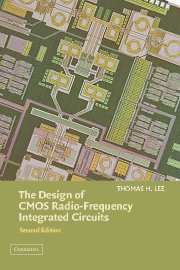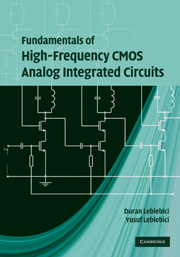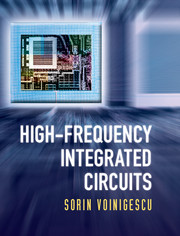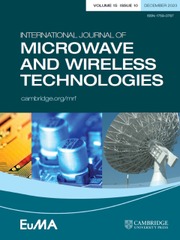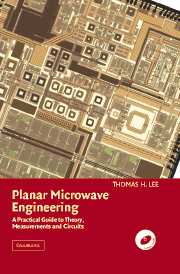The Design of CMOS Radio-Frequency Integrated Circuits
This comprehensive and insightful book sets out in detail how to design gigahertz-speed radio-frequency integrated circuits in CMOS technology. Starting with a history of radio to establish a foundation and to differentiate the discrete era from the IC age, the book reviews passive RLC networks, the characteristics of IC components and transistor models. The design of high-frequency tuned and broadband amplifiers follows, with an emphasis on approximate methods that provide important design insight as a complement to simulation results. Key RF building blocks, such as low-noise amplifiers (LNAs), mixers, power amplifiers, high spectral purity oscillators and frequency synthesizers are studied in detail. The book closes with an examination of transceiver architectures. With over 350 circuit diagrams and illustrations, and many homework problems, this will be an ideal textbook for anyone taking advanced undergraduate or graduate courses in RF electronics, as well as a useful reference for practising engineers.
- Very hot topic, basis of the huge wireless communications industry
- Comprehensive treatment of cutting-edge technology, with many devices described here for the first time
- Contains over 350 figures and over 180 exercises - ideal as a textbook or reference volume
Product details
No date availablePaperback
9780521639224
616 pages
254 × 178 × 40 mm
1.245kg
366 b/w illus. 10 tables 181 exercises
Table of Contents
- Preface
- 1. A Nonlinear History of Radio
- 2. Characteristics of Passive IC Components
- 3. A review of MOS Device Physics
- 4. Passive RLC networks
- 5. Distributed systems
- 6. The Smith Chart and S-parameters
- 7. Bandwidth Estimation Techniques
- 8. High-Frequency Amplifier Design
- 9. Voltage References and Biasing
- 10. Noise
- 11. Low-Noise Amplifier Design
- 12. Mixers
- 13. Radio-Frequency Power Amplifiers
- 14. Feedback systems
- 15. Phase-Locked Loops
- 16. Oscillators and synthesizers
- 17. Phase noise
- 18. Architectures
- 19. Radio-Frequency Circuits Through the Ages.


